Culture of Spain, Spain, with its rich and diverse cultural heritage, has fascinated and captivated people from around the world for centuries. From the enchanting melodies of flamenco music to the tantalizing flavours of Spanish cuisine, the country’s culture is a tapestry woven with a myriad of influences and traditions. In this exploration of Spanish culture, we will delve into its history, art, music, dance, food, and festivals to understand the essence of this vibrant nation.
A Mosaic of History:
Spanish culture is deeply rooted in its history, shaped by a fascinating amalgamation of cultures. The Iberian Peninsula, where Spain is situated, has been home to a variety of peoples, from the Iberians to the Celts and Phoenicians. However, the most significant influence came from the Romans, who established cities and left their mark on the Spanish language, infrastructure, and urban planning.
After the fall of the Roman Empire, the Visigoths and Moors arrived on the scene. The Moors, in particular, had a profound and lasting impact on Spain. Their rule in the Iberian Peninsula, known as Al-Andalus, led to the development of advanced scientific, artistic, and architectural achievements. The Alhambra in Granada and the Mezquita in Córdoba are enduring symbols of Moorish influence.
The Golden Age of Spanish Art:
The Renaissance and the subsequent Golden Age of Spanish art (known as the Siglo de Oro) were pivotal in the country’s cultural history. Artists like El Greco, Diego Velázquez, and Francisco Goya emerged during this period. El Greco’s striking and unconventional works, Velázquez’s masterful portraits, and Goya’s profound social commentary through art continue to be celebrated.
Flamenco: A Passionate Rhythm:
Flamenco, often considered the heartbeat of Spanish culture, is a powerful and emotive musical genre and dance form. Its origins are diverse, with influences from the Romani people, the Moors, and various regional Spanish traditions. Characterized by soulful guitar melodies, rhythmic handclaps, and the dramatic footwork of dancers, flamenco is an artistic expression of passion, heartache, and resilience.
Gastronomic Delights:
Spanish cuisine is a reflection of the country’s diverse regions and climates. Each area boasts its own culinary traditions, creating a tantalizing array of dishes. Paella, originating from Valencia, is a saffron-infused rice dish typically made with seafood or meat. Tapas, small savoury dishes that can range from olives and ham to more elaborate creations, are a beloved Spanish tradition. Gazpacho, a chilled tomato soup, is perfect for the scorching summers of southern Spain. Spanish cuisine has been recognized internationally for its quality and variety.
Festivals and Celebrations:
Spaniards are known for their passion for fiestas, and the country hosts a multitude of colorful and vibrant festivals. La Tomatina, an annual tomato-throwing festival in Buñol, is one of the most unique and fun celebrations. Semana Santa, the Holy Week leading up to Easter, is observed with religious processions and elaborate floats in cities like Seville. The Running of the Bulls in Pamplona, during the San Fermín festival, draws thrill-seekers from all over the world. La Feria de Abril, in Seville, is a lively and glamorous event featuring traditional music, dance, and flamenco performances.
Language and Literature:
The Spanish language, with its beautiful nuances and melodious sounds, is an essential part of the country’s culture. Spanish literature has produced some of the most renowned authors in the world. Cervantes, author of “Don Quixote,” is often regarded as the father of the modern novel. Works by Federico García Lorca, Miguel de Unamuno, and contemporary authors like Carlos Ruiz Zafón continue to enrich Spanish literature.
Architecture and Artistic Legacy:
Spain’s architectural legacy is awe-inspiring. The grandeur of the Alhambra in Granada, the intricate Gothic cathedrals like La Sagrada Familia in Barcelona, and the ornate Royal Palace in Madrid are just a few examples of Spain’s architectural prowess. Antoni Gaudí, with his modernist designs, gave Barcelona a unique and whimsical architectural identity.
Bullfighting: A Controversial Tradition:
Bullfighting has been both celebrated and criticized as an integral part of Spanish culture. While it has deep historical roots, it has become a subject of debate due to animal rights concerns. Nevertheless, it remains a prominent cultural event in Spain, especially in regions like Andalusia.
Artistic Expression:
Spain has produced a wealth of creative geniuses across various art forms. Salvador Dalí’s surrealistic paintings, Pablo Picasso’s groundbreaking cubist works, and Joan Miró’s abstract and imaginative art have made indelible marks on the global art scene. Spanish cinema has also enjoyed international acclaim, with directors like Pedro Almodóvar creating films that explore themes of identity, sexuality, and societal norms.
Diverse Regional Cultures:
It’s important to note that Spanish culture is not monolithic; it varies significantly from one region to another. Catalonia, for instance, has its own distinct traditions, including the celebration of Diada and the promotion of the Catalan language. The Basque Country and Galicia also have unique cultural practices, languages, and traditions that contribute to the country’s rich diversity.
The Siesta and the Work-Life Balance:
The siesta, a short nap taken in the early afternoon, is a well-known Spanish tradition. This practice has contributed to the country’s reputation for a relaxed and balanced lifestyle, where family, friends, and leisure are valued just as much as work.
Religious Heritage:
Spain’s religious heritage is predominantly Catholic, and this has deeply influenced its culture. The country’s churches, cathedrals, and monasteries are not only religious centres but also architectural marvels. Processions, pilgrimages, and religious festivals play an important role in the lives of many Spaniards.
Contemporary Spanish Culture:
Modern Spain is a dynamic blend of tradition and innovation. The country has embraced the digital age and is a leader in sectors like renewable energy and high-speed rail. Spanish fashion designers have gained international recognition, and Spanish cuisine continues to evolve with creative interpretations of traditional dishes.
Conclusion:
Spanish culture is a kaleidoscope of history, art, music, dance, food, and festivals. It is a celebration of diversity and a testament to the ability of a nation to evolve while retaining its unique identity. The passionate and vibrant spirit of Spain is not just in its culture; it is in the hearts of its people who continue to cherish and share their heritage with the world.
With its storied history, diverse traditions, and dynamic present, Spanish culture remains an enduring source of fascination and inspiration, inviting all who encounter it to partake in its beauty and vitality.


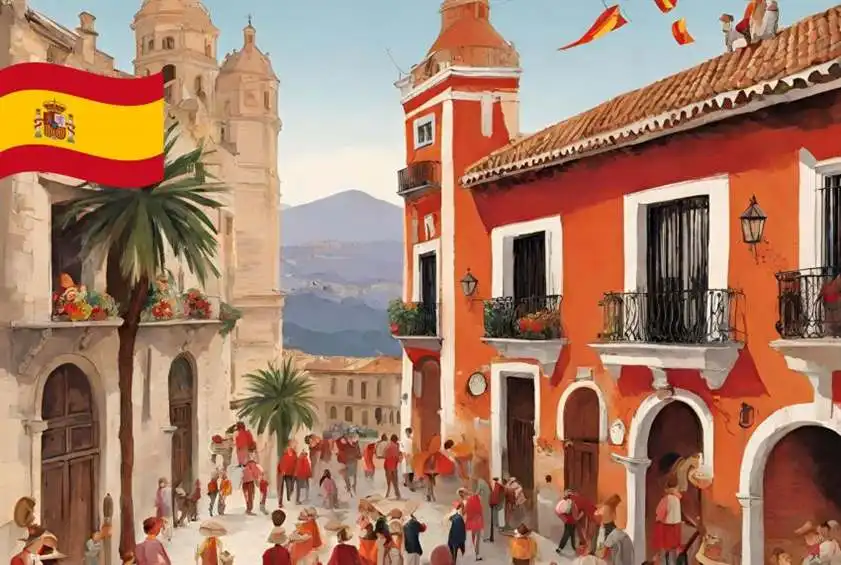

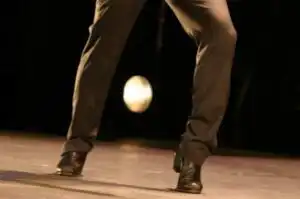




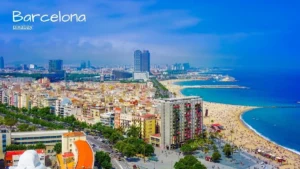
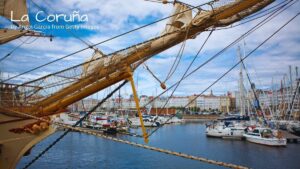
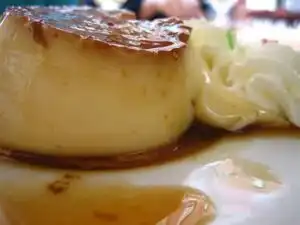
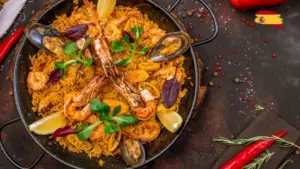
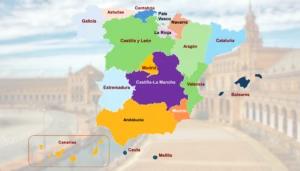

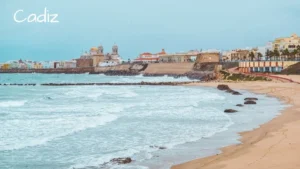

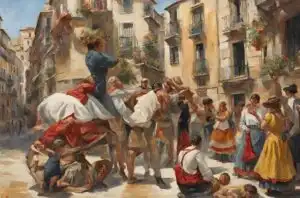


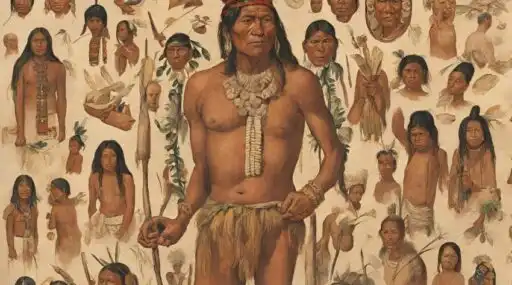
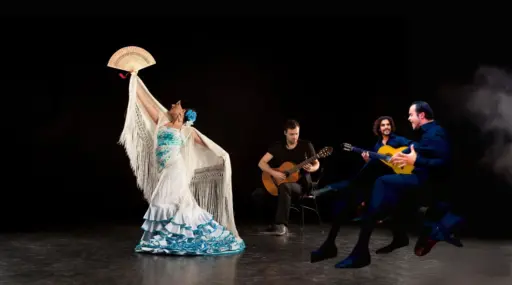


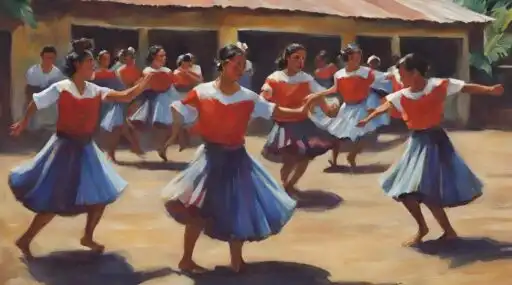
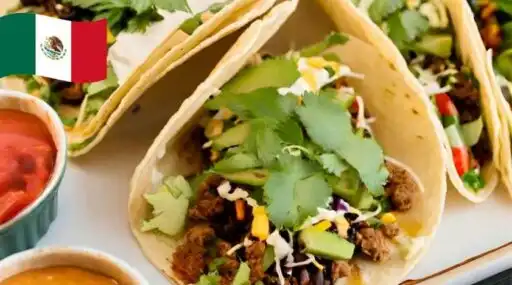


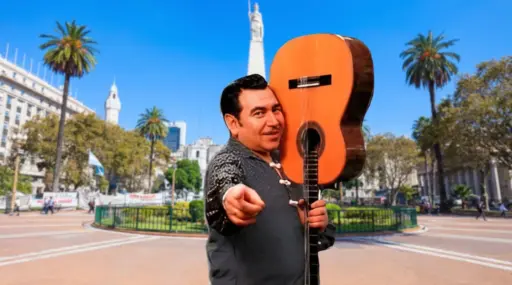
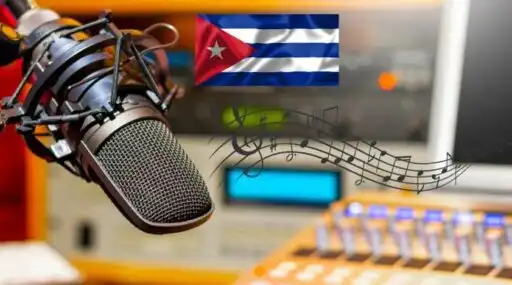

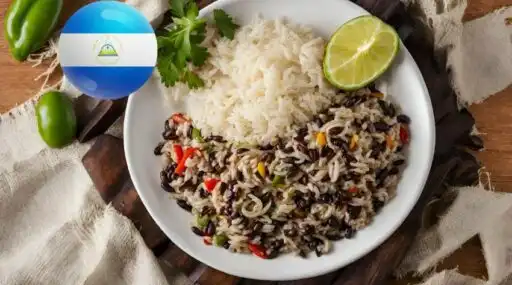



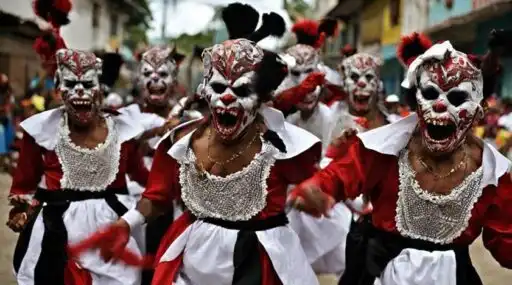
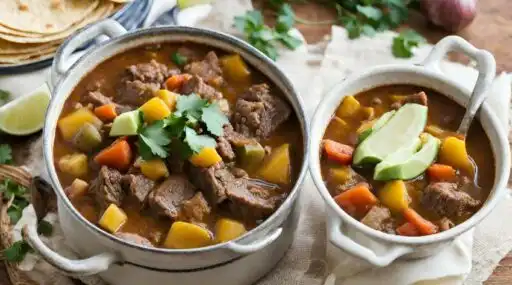
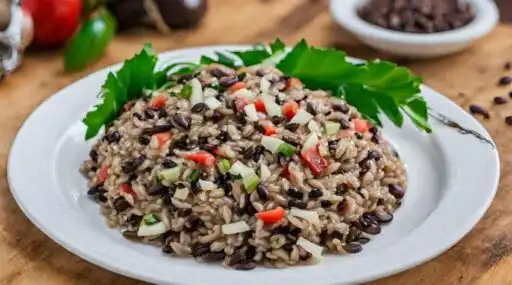
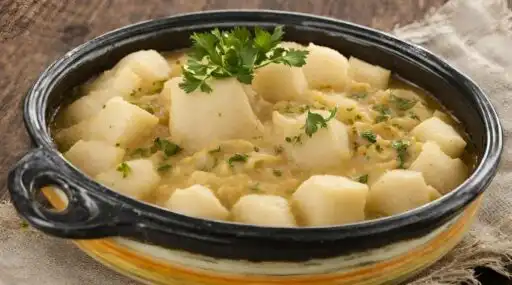


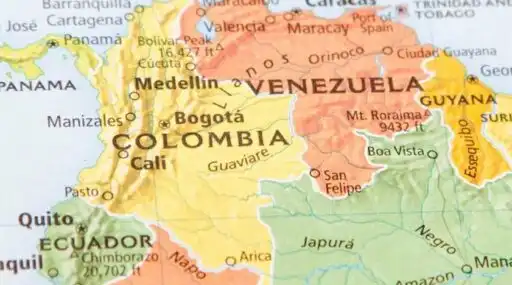

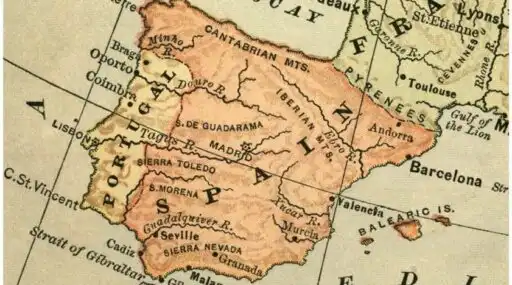

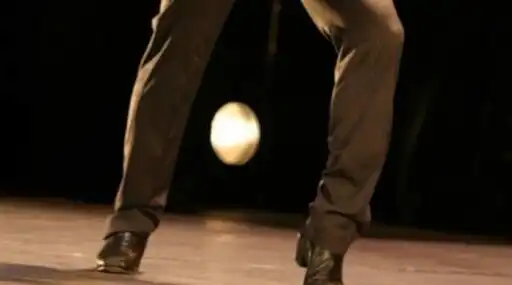
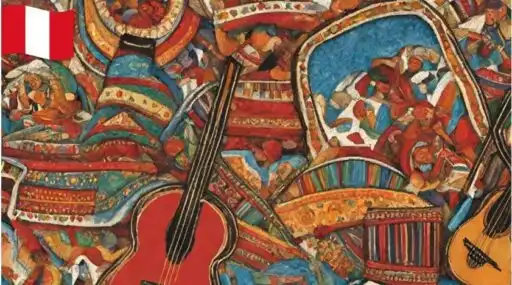
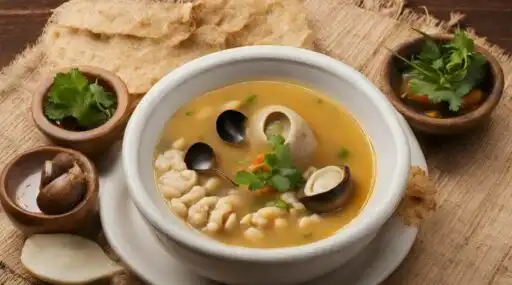
Leave a Reply